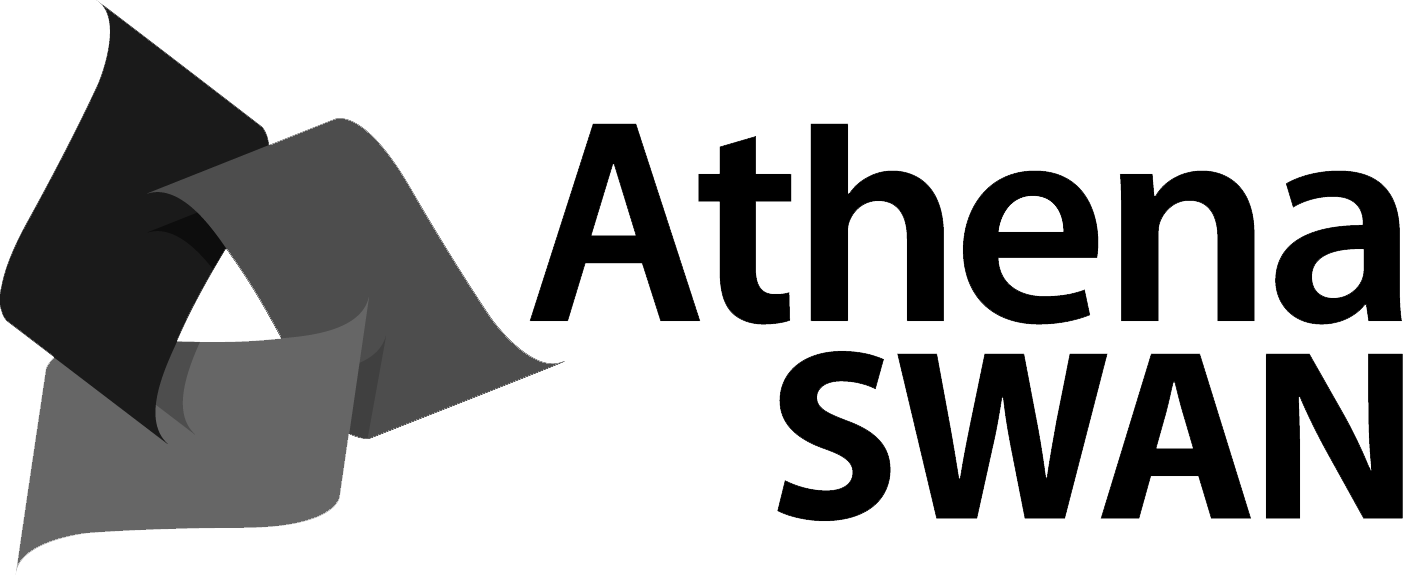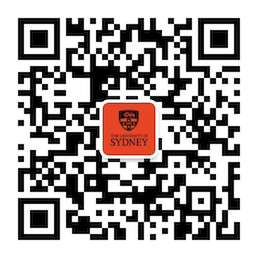Bachelor of Design (Interaction Design)
Learning outcomes
| This page was first published on 15 November 2023 and was last amended on 1 February 2024. View details of the changes below. |
|---|
On successful completion of the program students will be able to:
| No. | Course learning outcome | Graduate quality | Graduate quality | Graduate quality | Graduate quality |
|---|---|---|---|---|---|
| 1 | Apply human-centred design principles and practices to address a range of problems. | Depth of disciplinary expertise | Inventiveness | Interdisciplinary effectiveness |
|
| 2 | Appraise the value and limitations of data and data sources, including data from user research. | Critical thinking and Problem solving | Information and Digital literacy | Integrated professional, ethical and personal identity |
|
| 3 | Integrate design methods with computational and systems thinking, including by demonstrating familiarity with emerging technologies. | Depth of disciplinary expertise | Information and Digital literacy | Critical thinking and Problem solving |
|
| 4 | Demonstrate aesthetic sense and apply it to communicate ideas and concepts. | Depth of disciplinary expertise | Communication (oral and written) |
|
|
| 5 | Synthesise creative solutions that balance conflicting design needs including feasibility, viability and desirability | Depth of disciplinary expertise | Inventiveness | Critical thinking and Problem solving |
|
| 6 | Assess, reflect and provide feedback on one's own design process as well as that of others. | Critical thinking and Problem solving | Communication (oral and written) | Integrated professional, ethical and personal identity | Influence |
| 7 | Advocate for human-centred design perspectives and practices to diverse audiences and contexts. | Communication (oral and written) | Interdisciplinary effectiveness | Integrated professional, ethical and personal identity | Influence |
| 8 | Express how your design decisions innovate and/or add value. | Critical thinking and Problem solving | Communication (oral and written) | Influence |
|
| 9 | Demonstrate ethical and cultural competence in design by recognising the intended and unintended consequences of design decisions, as well as by considering diverse and underrepresented stakeholders. | Critical thinking and Problem solving | Cultural competence | Integrated professional, ethical and personal identity |
|
| Additional for Bachelor of Design (Honours) | |||||
| 10 | Design, rigorously develop and appropriately communicate an original solution to a substantial real-world problem using human-centred design principles and practices. | Depth of disciplinary expertise | Critical thinking and problem solving | Communication (oral and written) | Inventiveness |
| Additional for Bachelor of Design/Bachelor of Advanced Studies | |||||
| 11 | Create human-centred, design-led, and entrepreneurial solutions to a real-world industry, community or research challenge. | Depth of disciplinary expertise | Critical thinking and problem solving | Inventiveness | Influence |





